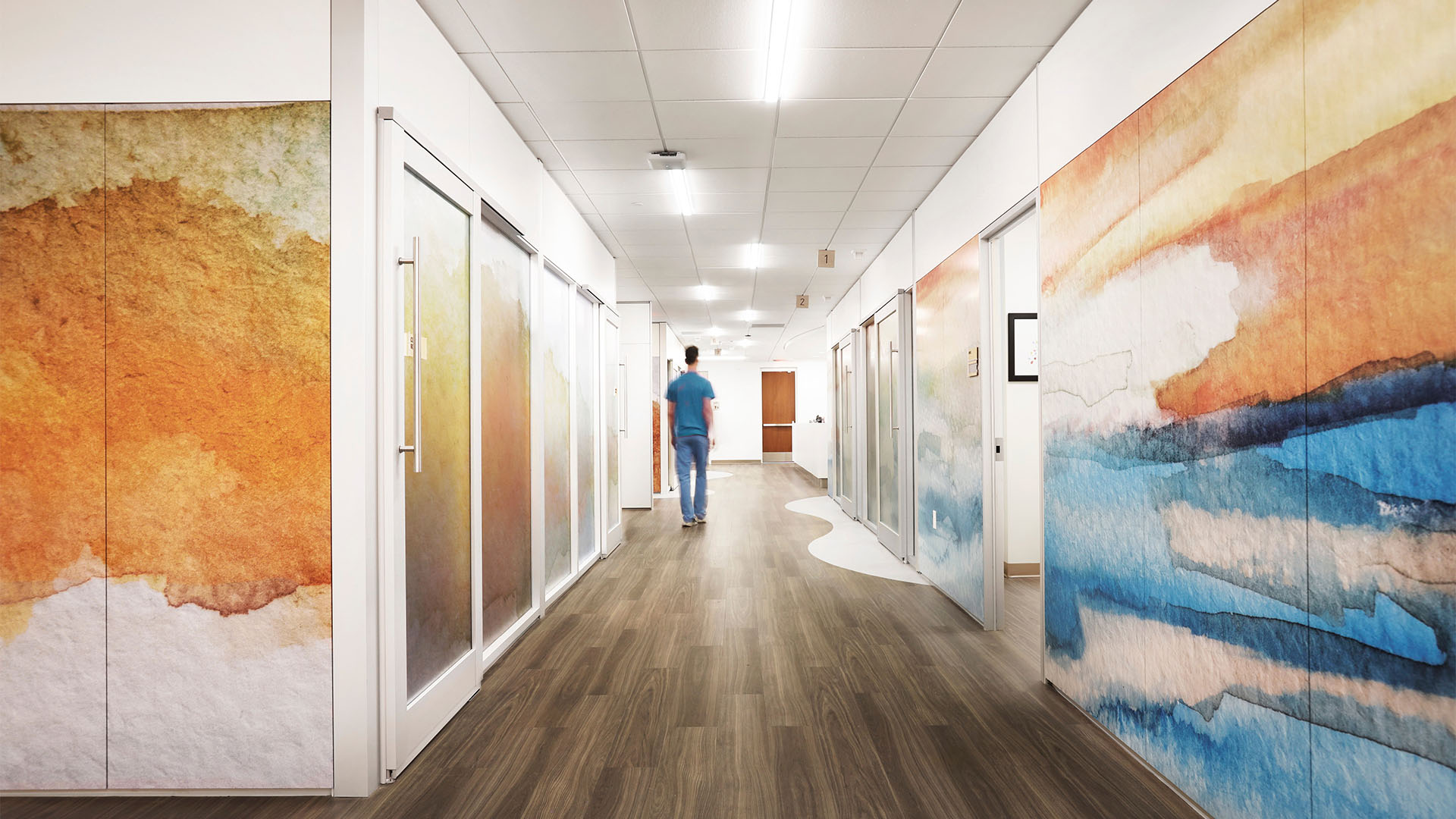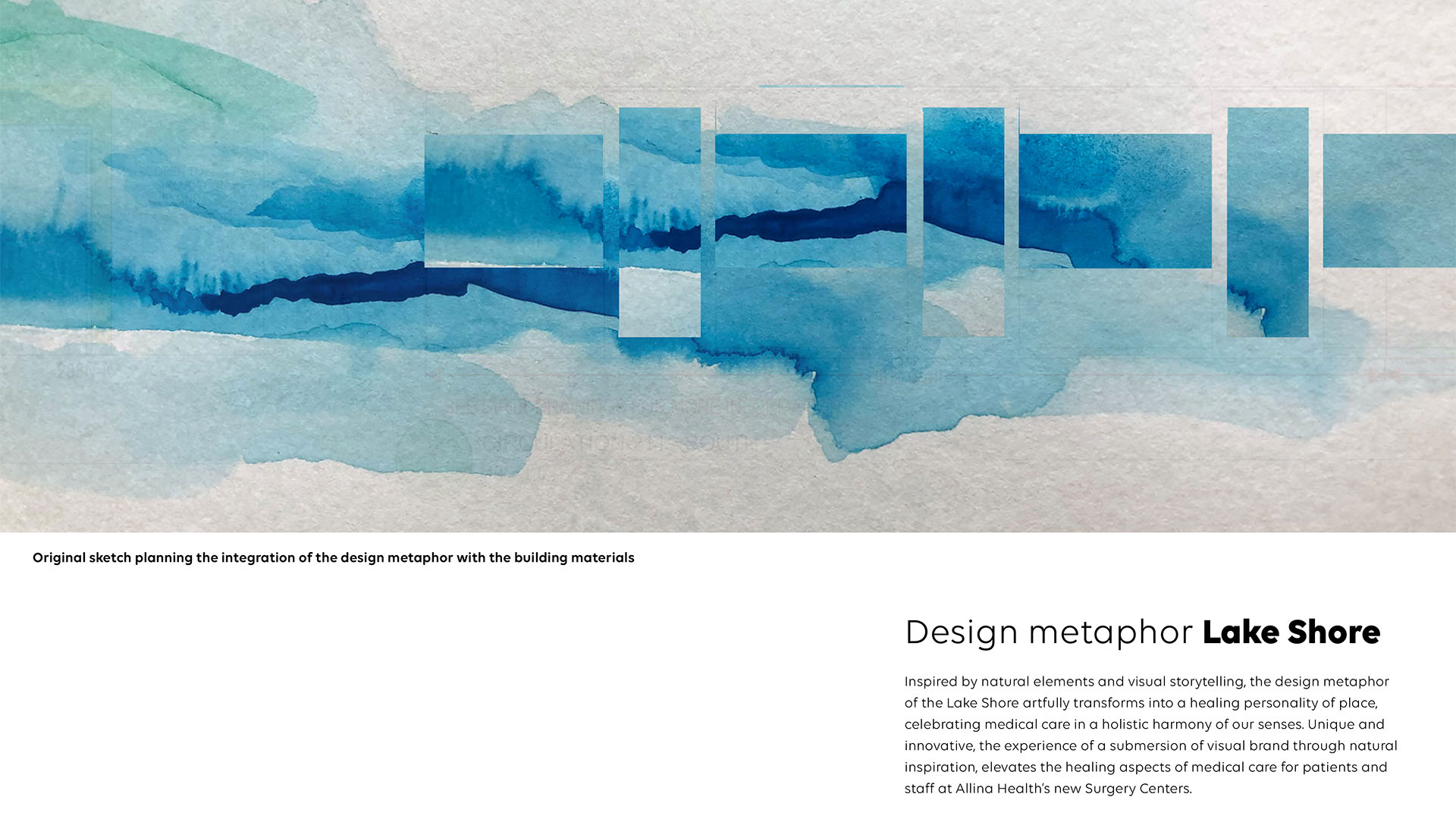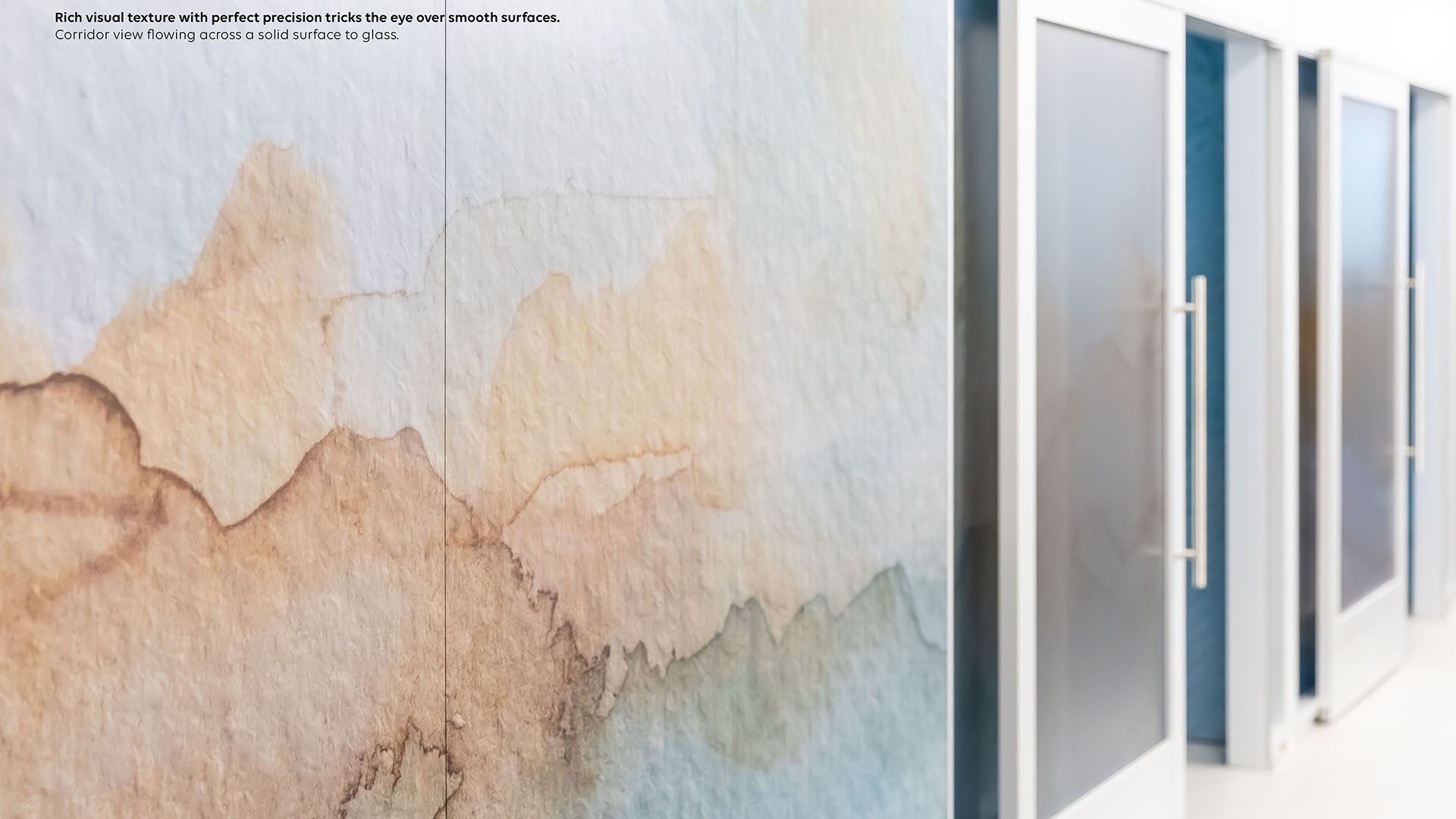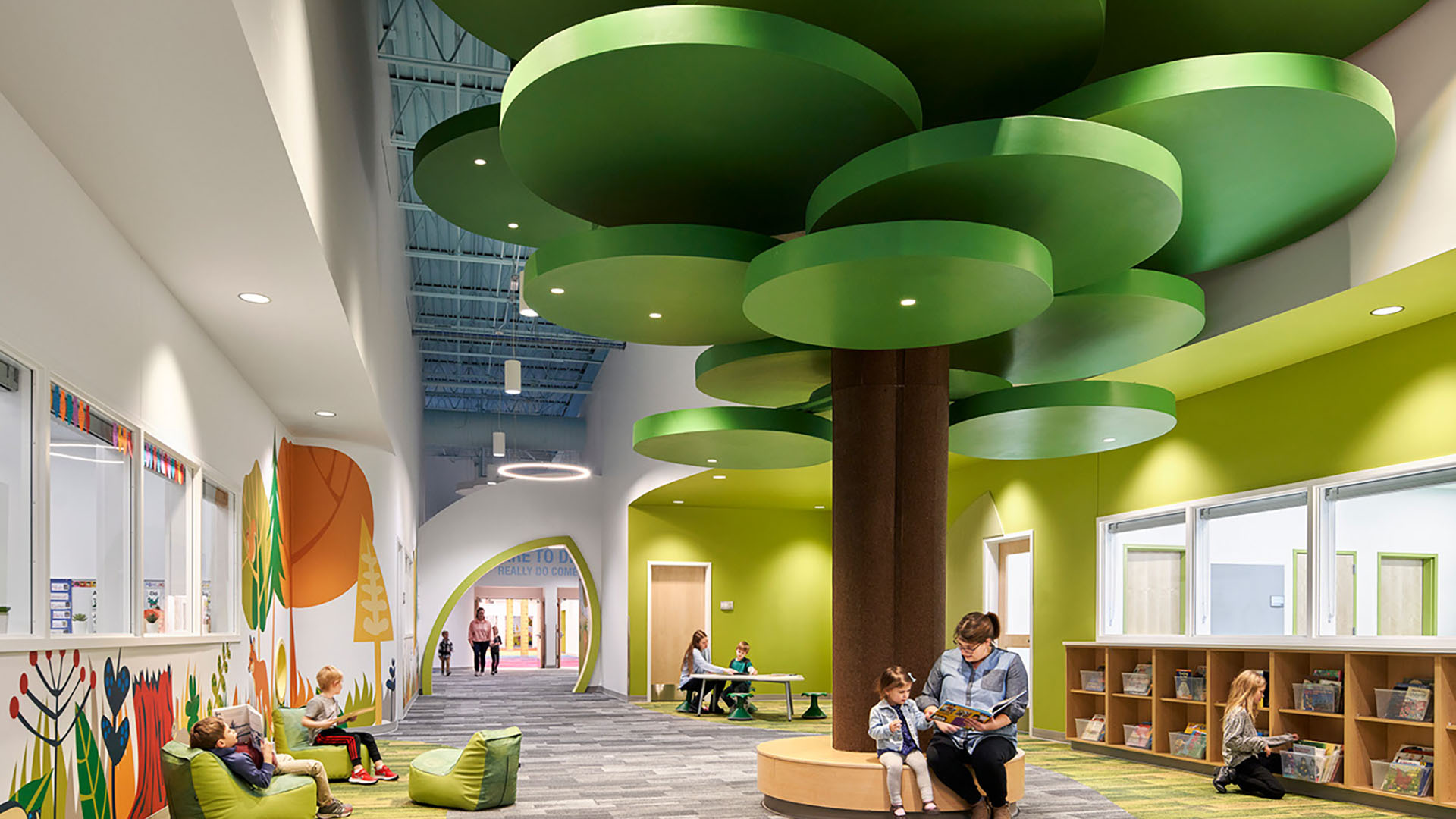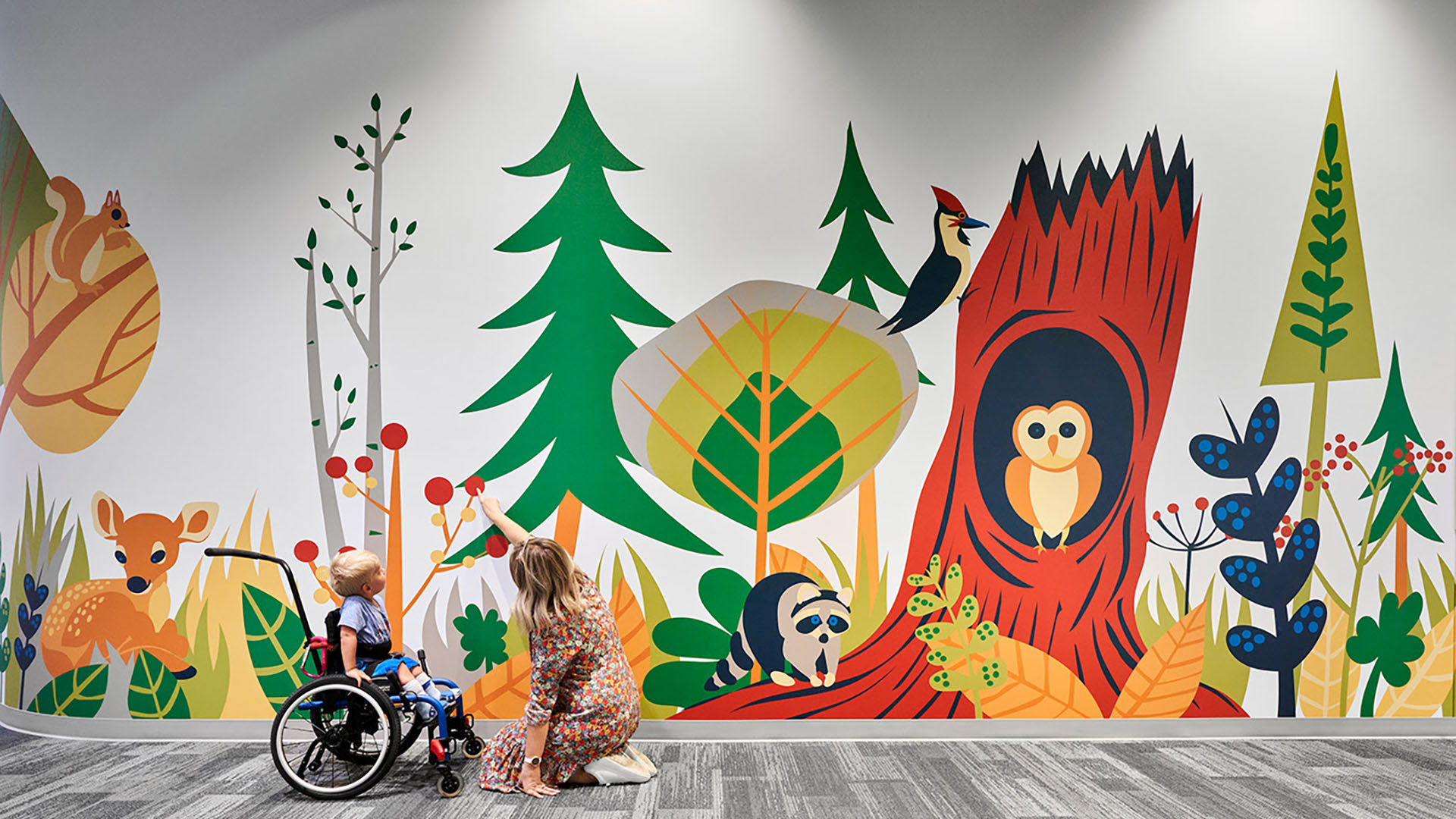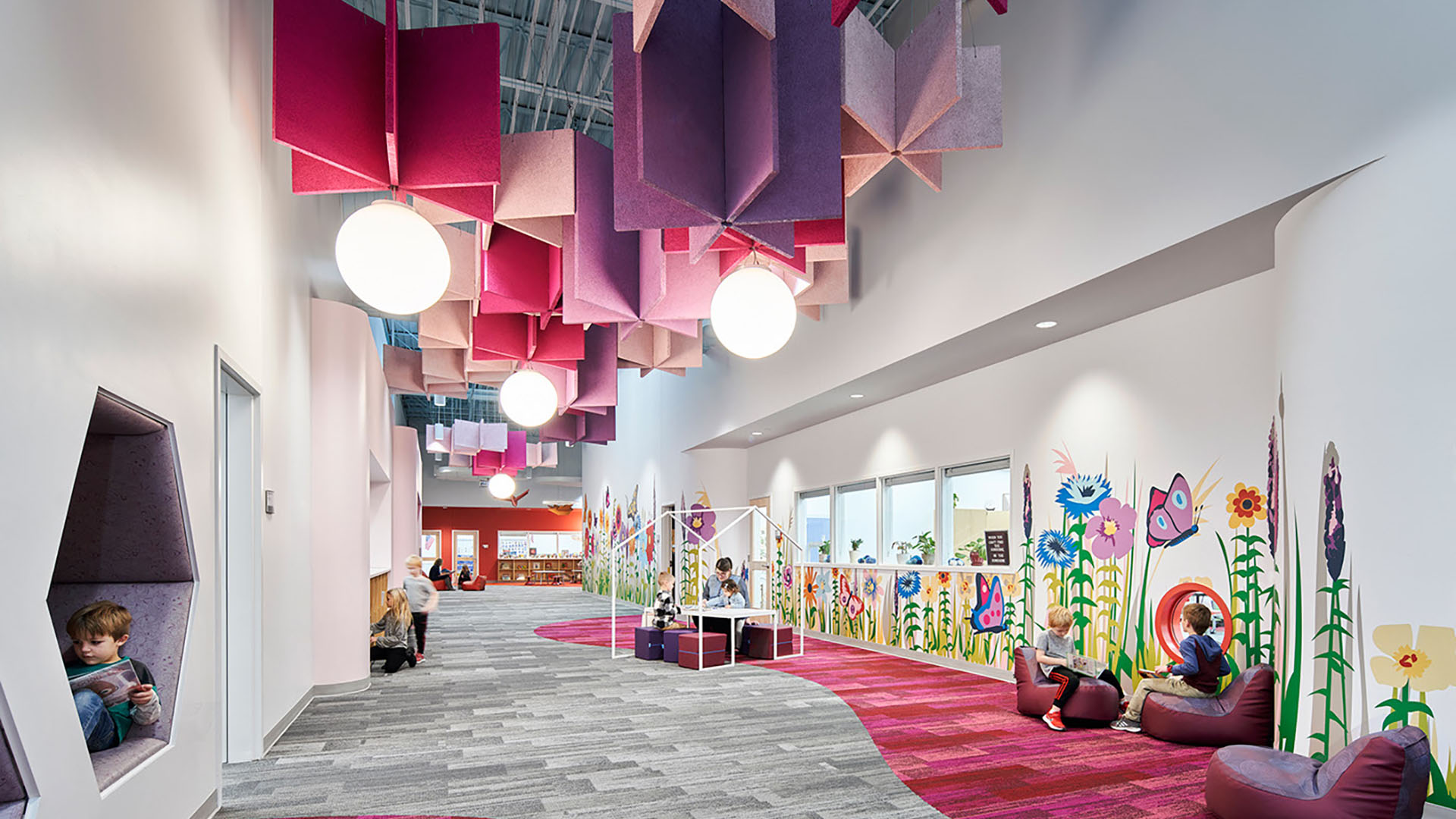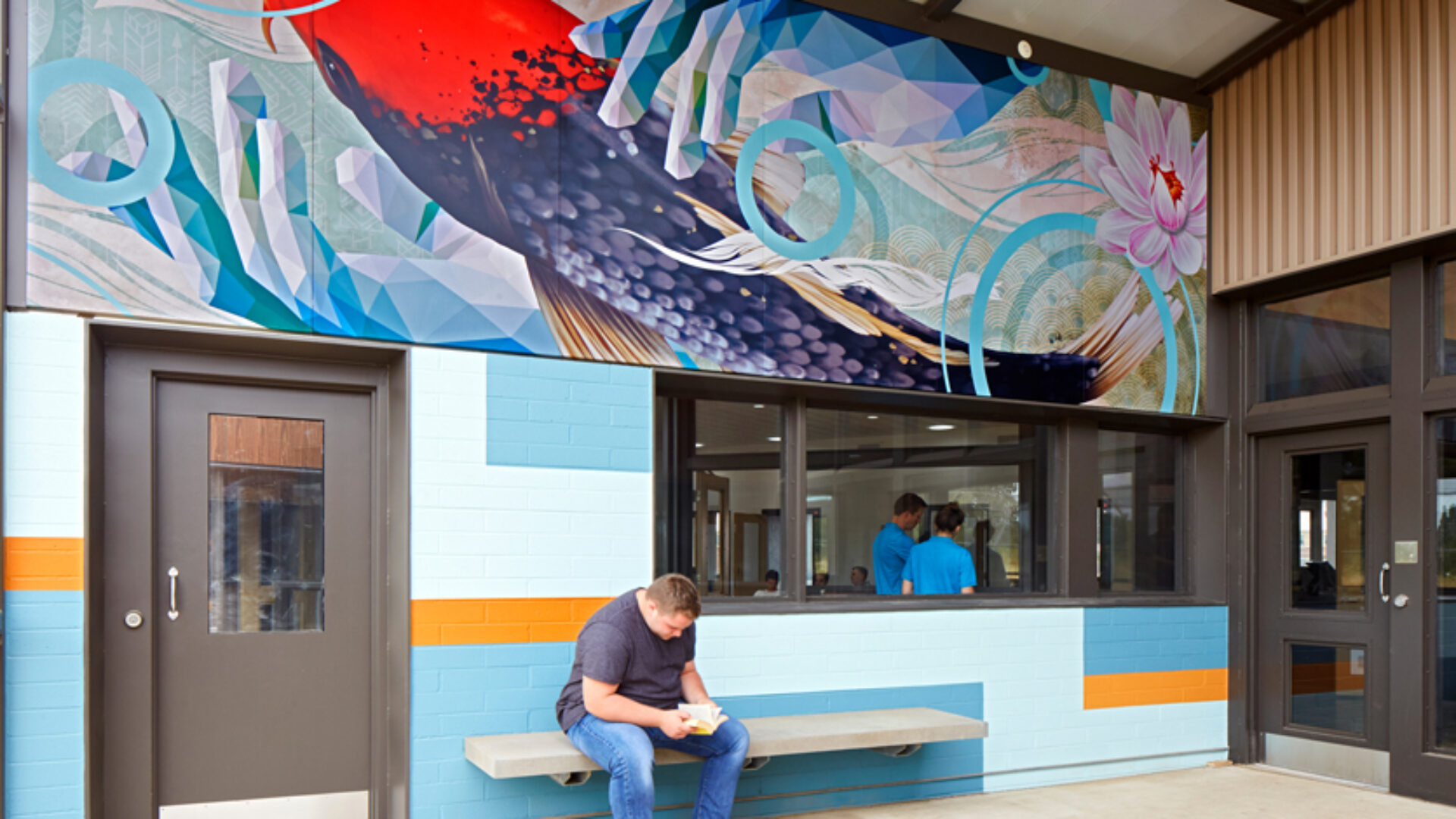Healing Through Design: How Art Transforms Spaces and Lives
At SEGD, we believe in the profound ability of art and design to heal, inspire, and transform. Thoughtful design choices—whether through color, material, texture, or storytelling—can shape environments that uplift the human spirit and enrich the human experience.
Few artists embody this philosophy more than Lily Yeh, whose global work transforming neglected spaces into vibrant, restorative places is featured in The Barefoot Artist. In a 2020 SEGD interview, Yeh spoke about the power of creative expression in healing: “We used mosaic as our expression. It’s like broken pieces, but through creative thinking and action, we pieced it together. And through beauty, we expressed our talents and our hope for the future.”
Her approach embodies the essence of experiential design, where art, architecture, and storytelling intersect to shape environments that nurture well-being and human connection. Yeh’s insights, as explored in her SEGD interview and TED Talk, demonstrate how creativity can transform brokenness into beauty—reinforcing the idea that the spaces we design have the power to heal, restore, and inspire.
This belief is at the heart of the projects below, where SEGD members have reimagined environments as places of calm, creativity, and renewal. Whether it’s turning a former department store into a whimsical early learning center, infusing hospital corridors with the tranquility of nature, or empowering incarcerated youth to tell their own stories through art, these projects demonstrate the profound impact of design on well-being.
Calming Care: Allina Health Surgery Center
Design: hjnovak
Award: SEGD Global Design Award, Merit (2023) – Placemaking
Hospitals can be overwhelming places filled with uncertainty and stress. At the Allina Health Surgery Center, design is essential in reshaping the patient experience, transforming sterile corridors into calming, restorative spaces.
Inspired by the metaphor of a lakeshore, tranquil murals flow through hallways and patient rooms, evoking a sense of movement and serenity. Soft hues and natural imagery create a peaceful atmosphere, while eco-friendly materials—such as printed tile and glass—ensure durability and sustainability without compromising beauty.
The impact is tangible: patients report feeling less anxious, while staff experience a more soothing and focused work environment. This project showcases how experiential design can harness art to provide emotional relief—shifting a space from clinical to comforting.
Imagination at Play: North Kansas City Early Education Center
Design: DLR Group
Award: SEGD Global Design Award, Honor (2023) – Placemaking
How do you turn a former department store into a space that fosters wonder and curiosity? The North Kansas City Early Education Center answers that question by using experiential design to create an immersive, storybook-like environment for young learners.
Bold, colorful murals bring the walls to life, featuring playful illustrations that spark the imagination. Dynamic carpet patterns serve as visual wayfinding elements, guiding children through a world of discovery. Overhead, sculptural ceiling elements—shaped like clouds and tree canopies—double as acoustic treatments, blending function with artistic delight.
This thoughtful integration of art transforms the space into more than just a school—it becomes a landscape for learning, where design fuels creativity and exploration. By prioritizing engagement, movement, and storytelling, the center ensures that every corner supports the developmental journey of its students.
A Canvas for Change: MacLaren Youth Correctional Facility
Design: Mayer/Reed
Award: SEGD Global Design Award, Merit (2023) – Placemaking
At the MacLaren Youth Facility – East Campus Housing, art becomes a tool for empowerment, reflection, and change. Through a collaborative design process, incarcerated youth worked alongside artists and designers to transform stark, institutional walls into vibrant murals rich with personal meaning.
Themes of resilience and renewal emerge in the imagery: koi swimming upstream symbolize perseverance, while elephants—icons of strength and loyalty—reflect the importance of community. By integrating the youth’s own poetry, illustrations, and stories, the design process itself became a form of healing, allowing participants to see themselves in a new light.
Beyond aesthetics, the project reimagines correctional environments as spaces encouraging self-expression and growth. Through art, the young residents found a voice—and a vision for their futures. This project is a testament to the idea that the built environment can support restorative justice and human dignity.
The Role of Art in Healing and Growth
These projects illustrate how art and design are not just visual elements but essential tools for healing, learning, and transformation. Scientific evidence reinforces what designers have long understood: thoughtfully integrating art into spaces has measurable benefits for emotional and physical well-being, such as:
Reduces stress and anxiety
Studies show that environments enriched with art—such as calming murals, nature-inspired designs, or soothing color palettes—can lower cortisol levels, helping occupants achieve a calmer state.
Improves mood and well-being
Thoughtfully integrated art within spaces, from uplifting visuals to engaging textures and patterns, can positively influence mood, fostering a sense of comfort and emotional stability.
Aids pain management
Immersive imagery and carefully curated focal points can serve as powerful distractions, promoting relaxation and reducing the perception of discomfort in medical or therapeutic settings.
Supports emotional processing
Art infused with symbolism, storytelling, or cultural significance can create a sense of connection, helping individuals navigate complex emotions—especially in contexts of trauma or grief.
As experience designers, we have the ability to shape the way people feel, heal, and connect through the spaces we create. Whether designing for healthcare, education, justice, or public life, art is a powerful tool for transformation.
Through beauty, we express our talents and our hope for the future.
By embedding beauty, meaning, and purpose into our work, we create environments that not only serve their function but also enrich people’s lives.
People also viewed
-
The 2025 SEGD Global Design Awards: Celebrating Excellence in Experiential Design

The 2025 SEGD Global Design Awards: Celebrating Excellence in Experiential Design
-
Healing Communities through Art – An Interview with artist and activist Lily Yeh

Healing Communities through Art – An Interview with artist and activist Lily Yeh
-
The Interplay between People and Art
The Interplay between People and Art
